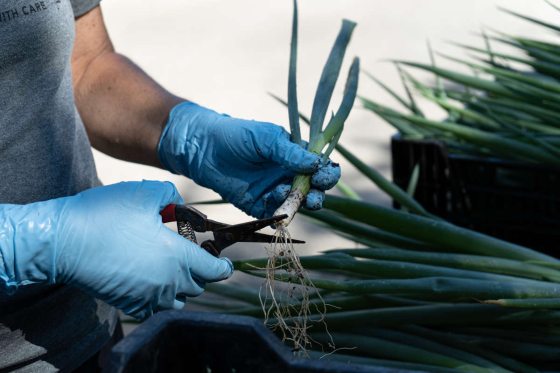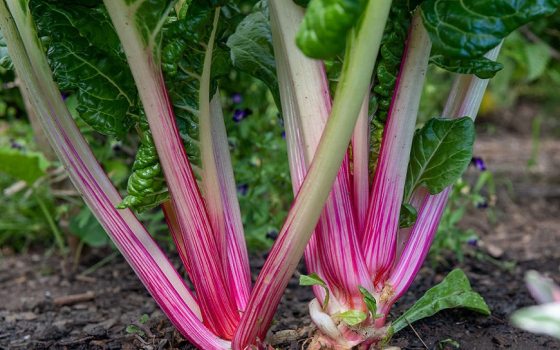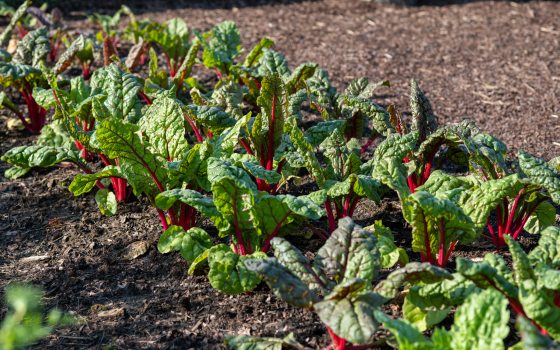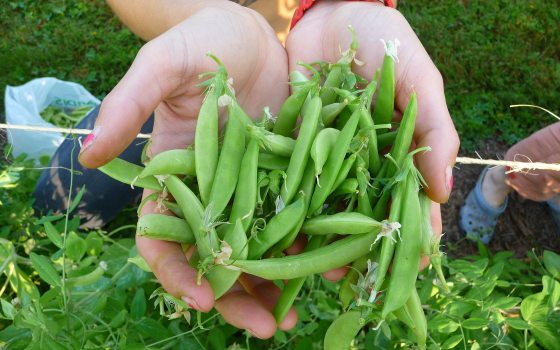Many gardeners associate spring with planting, but did you know that summer sowing will extend your vegetable growing season? This month, don’t forget about fall crops, or you will miss out on a bounty of greens, root vegetables, squashes, and more—many of which are of higher quality in cool fall weather and can store through the winter. Just as we are starting to harvest our first cucumbers and tomatoes in the Longwood Vegetable Garden, we are also finding time to sow batches of fall crops in the greenhouse and directly into garden beds.

Suitable fall crops are those that will be tolerant of fall frost or those that are quick to mature. Many suitable fall crops end up being the same kinds of vegetables that would be sown in early spring. Some of the crops we start this time of year as transplants include cabbages, collards, brussels sprouts, lettuce, radicchio, fennel, and kale. Direct sown crops include most root vegetables like beets, carrots, turnips, radishes, parsnips, and sunflowers.

Leafy greens such as kale, chard, and lettuce can also be direct seeded thickly, then cut back while young for delicious and tender salad mixes that will reflush for additional harvests.
Some vegetables are much more sensitive to fall frosts than others. Late beans or squash may wither at the first sign of frost, while others come into their glory as the weather turns brisk. Collards and brussels sprouts take on a delicious sweetness as the temperature drops and cauliflower starts to produce heads as the days get shorter. Parsnips can even sit in the ground through most of winter, making for an unexpected garden treat in a mild January or February.

Calculating your sow dates will depend on the average first frost of your location, but many seed companies offer tools for calculating sow dates of different crops. Talking to other gardeners and keeping records about your planting dates will also help to dial in your ideal sow dates. If you have not experimented with fall crops before, don’t let summer planting pass you by!


